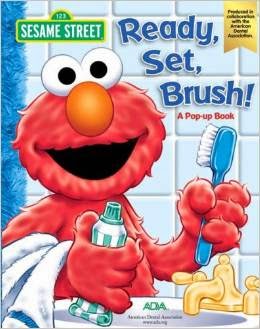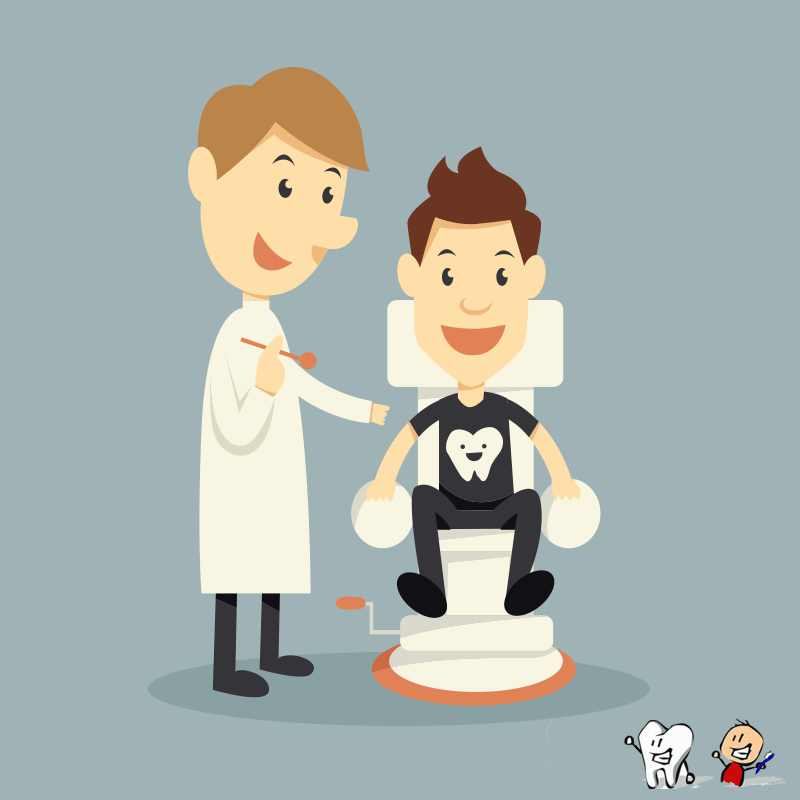Maintaining good oral health requires one to select a dentist who can perfectly deal with their particular needs. Some dentists specialize in a certain field of dentistry. A pediatric dentist or a dentist who works with children, examines babies and kids until they start to become young adults. It is very important to take your children to a kids’ dentist as baby teeth start to erupt through the gums. The first tooth usually erupts at about 6 months old.
During their visit, the kid’s dentist will inspect each tooth carefully and a hygienist will perform a thorough cleaning. Your child will be treated with a topical fluoride, checked for cavities, and probably get x-rays of the teeth. If the kid’s dentist detects any problems, he or she will take care of it early enough instead of letting it develop into something serious down the road. Most of the time, serious conditions start as small problems that could have been prevented if they were noticed early enough.
If your child does not see a pediatric or kids’ dentist regularly, long-term problems could occur. Cavities are common issues that can be caught with a routine check. If they are not addressed, they could sooner or later cause the whole tooth to decay, which not only causes pain and possibly infection, but also increases the likelihood of losing the entire tooth. Gingivitis and periodontitis can also generally be caught early with routine checkups.
In addition, many children need adequate fluoride in the diet or home care routine, which is essential for preventing cavities. This is done by using a fluoride rinse, drinking water that contains fluoride, or taking a daily supplement as well as brushing with a pea-sized quantity of fluoridated toothpaste. The kid’s dentist will be able to identify whether your child is not getting sufficient fluoride and can recommend supplements that will help to prevent cavities.
It is very important to note that baby teeth help guide the placement of the permanent teeth. A missing or a decayed baby tooth can result in misaligned or crooked permanent teeth, which can lead to various problems, such as difficulty in chewing, premature tooth loss and the inability to maintain good dental hygiene. For more severe scenarios, it can also interfere with TMJ or the temporomandibular joint, a joint that connects the skull to the lower jaw, which leads to much discomfort when an adult. Visiting a kid’s dentist early enough will certainly help to ensure simple issues don’t develop into something very severe.
Category: good dental habits
Starch, Sugar and Their Effect on Kid’s Teeth
Tooth decay is the primary cause of tooth loss, and one of the most significant culprits in tooth decay is what we eat. If a child’s diet consists of too many starchy and sugary foods, it can cause cavities. Now that school is in session, it is sometimes easy to fill kids’ diets with starchy and sugary foods. However, it is important to closely monitor snacking and to provide children with a well-balanced diet.
The Link between Diet and Tooth Decay
One of the best ways to help your child be cavity-free is by providing a healthy diet. Cavities are caused by bacteria that live in the mouth. The bacteria feed off of the starches and sugars, which produces an acid that sits on the teeth and dissolves the enamel (demineralizes) and starts the cavity process.
The Effects of Sugar
Sugar is one of the largest contributors to tooth decay. While in school, children are unable to brush their teeth immediately after eating sugary items, so the sugar is allowed to sit on the teeth for a longer period of time. Sticky sugars that are often included in school lunches and/or snacks will significantly increase the risk of cavities.
Starch and Tooth Decay
Starch is a type of carbohydrate that is typically found in foods such as bread, potatoes and rice. The leading culprits for starch in a child’s diet are foods such as pancakes and certain breakfast cereals. When these types of starchy foods are combined with sugars, such as syrup, it significantly increases the risk of tooth decay.
Eating a Balanced Diet
It is important to begin teaching children about healthy eating choices and good dental care, which includes visiting a kids’ dentist, even before they begin their first year of school. Children do not have to give up all of their favorite foods that contain sugar or starch, but they do need to choose them wisely and it is best to brush after consumption. A balanced diet includes milk and dairy products, meat, fish, eggs, whole-grain breads, and fruits and vegetables. Many foods, such as fruits, taste sweet without any added sugars.
Foods that contain sugar and/or starches are safer for teeth when they are eaten with meals, because there is more saliva released when eating a meal. Saliva helps wash foods from the mouth, so it reduces the effect of acids on the teeth. Sticky foods, such as fruit roll ups, fruit snacks, and candies are more difficult to wash away with saliva because they get stuck on the tooth or in a tooth groove, so there is a greater risk of tooth decay. Encourage children to brush at least twice each day with fluoride toothpaste, drink plenty of water, and see a kids’ dentist routinely.
Dental Care during Pregnancy
- Maintain a proper diet. Dental health starts with a good, healthy diet that isn’t too high in cavity-causing sugars.
- Visit your dentist regularly. Seeing the dentist regularly will help your gums and teeth to stay in top-notch condition. A dentist will also help you to avoid and resolve oral diseases, such as cavities or the presence of harmful bacteria.
- Use a fluoridated toothpaste and mouthwash.
- Don’t forget to brush at least twice a day. While many dentists recommend brushing three times a day, sometimes that doesn’t happen during the busy months of pregnancy. Using mouthwash after eating is a good substitute during the day. But remember, teeth should be thoroughly brushed morning and night.
- Don’t share utensils with your infant children. Sharing utensils and food is one of the easiest ways that bacteria are spread from one person to another.
Caring for Baby Teeth: What You Need to Know
Nutrition Tips for Babies and Kids
How to Protect Your Baby from Tooth Decay
Think you need to wait until your baby has a mouth full of teeth to begin dental care? Wrong! In fact, the American Association of Pediatric Dentists recommends that you take your baby to see the dentist when he or she gets that first tooth. The first visit is primarily informational, but it could mean that you and your baby are one step ahead on the road to healthy teeth.
Baby Tooth Care
You’ll want to make sure that you are instilling good oral care habits in your baby from as early on as you can. Pediatric dentists recommend that you don’t send your babies to bed with bottles, especially when those bottles contain milk, formula or juice. Once your baby gets his or her first tooth, you’ll want to gently brush their teeth gently with just a light smear of toothpaste to begin building proper hygiene and brushing habits.
Thumb Sucking
Do you have a thumb sucker? Pediatric dentists agree that a pacifier is their preferred choice in the pacifier vs. thumb debate. Ideally, your child shouldn’t use a pacifier or a thumb for sucking, but if it has to be one or the other, dentists recommend the pacifier over the thumb. Keep in mind that you should never dip the pacifier in any kind of sweet liquid before giving it to your baby, because the sugar in the liquid will simply remain in the mouth, potentially leading to future decay.
Using Bottles
Finally, wean your baby from bottles by the age of one. By this time, you will want to encourage your child to learn how to drink from a cup as you continue to encourage a healthy and nutritious diet for your child.
Encouraging Healthy Teeth for Kids
Start Early
Insurance Providers as a Resource
Best Kid Books that Teach Oral Hygiene
 |
| Available on Amazon |
 |
| Available on Amazon |
The Best Dental Hygiene Products for Small Children
| Brush Baby Chewable Toothbrush |




